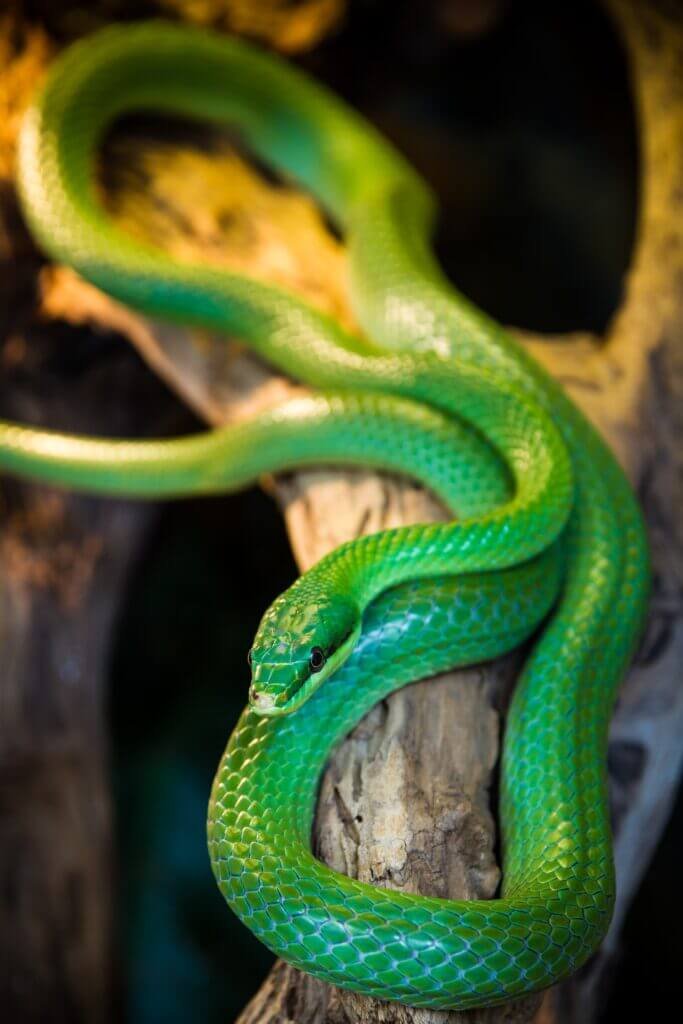So you’ve decided to venture into the world of pet snakes, but now you’re faced with the question of how to handle them safely. Don’t worry, we’ve got you covered. In this article, we will explore some essential tips and techniques to ensure you can confidently handle your pet snake without any harm to either of you. Whether you’re a beginner or a seasoned snake owner, these guidelines will help establish a positive and safe interaction with your scaly friend. Let’s dive in and discover how to handle your pet snake with ease and confidence!
Choosing the Right Snake
When it comes to choosing the right snake for you, it’s essential to research different snake species. Each species has unique characteristics, such as size, temperament, and care requirements. Take the time to learn about various snake breeds and their specific needs to find one that aligns with your preferences and lifestyle. Consider factors such as the snake’s adult size and temperament. Some snake species grow larger than others, so you need to ensure you can provide an appropriate enclosure for their size. Additionally, consider the snake’s temperament. Some snakes are known to be docile and easy to handle, while others may be more aggressive or defensive. Determine which type of snake will be the best fit for you based on your experience level and desired interaction with your pet.
Ready for Cat Trivia?
Test your knowledge about cats!

Preparing a Safe Environment
Creating a secure and suitable environment for your snake is crucial to its well-being. Set up an appropriate enclosure that provides enough space for your snake to move around comfortably. The size of the enclosure should be proportional to the snake’s adult size. Ensure proper ventilation by incorporating vents or openings that allow for airflow. Maintaining ideal temperature and humidity levels within the enclosure is essential for the snake’s health. Research the specific temperature and humidity requirements for your snake species to create the optimal environment. It’s also important to provide hiding spots within the enclosure. Snakes are natural burrowers and need a place to retreat when they feel stressed or threatened. Finally, always use secure locks on the enclosure to prevent your snake from escaping and risking potential harm.

Handling Techniques
Proper handling techniques are crucial to your safety and the well-being of your snake. Familiarize yourself with snake behavior to better understand their body language and responses. Before handling your snake, always wash your hands to remove any scents that may startle or confuse them. Approach your snake calmly and confidently, avoiding sudden movements that may startle them. When handling, make sure to support the snake’s body properly, especially its midsection, to prevent unnecessary stress or injury. Avoid sudden movements and loud noises, as these can agitate your snake. Remember, snakes are sensitive to vibrations and may become defensive if they feel threatened.
Feeding Precautions
Feeding your pet snake requires understanding their specific feeding requirements. Research the appropriate diet for your snake species and consult with a veterinarian if needed. Choosing prey that is the proper size for your snake is important to prevent choking or digestion issues. Feeding tongs or tools can help you safely offer food to your snake without risking accidental bites. It is essential to avoid handling your snake during or immediately after feeding. Snakes become more vulnerable and defensive during this time, increasing the risk of accidental bites or regurgitation.

Recognizing Signs of Stress or Discomfort
Snakes, like any other pet, can show signs of stress or discomfort. Being aware of common stress indicators will help you identify when your snake is not feeling well. Observe your snake’s body language, such as unusual postures, excessive hiding, or refusal to eat. Address any potential stressors, such as noise, handling, or changes in the environment. If you notice persistent signs of stress or discomfort, consult a veterinarian who specializes in reptiles. They will be able to provide expert advice and identify any underlying health issues.
Managing Health and Hygiene
To ensure the health and hygiene of your snake, schedule regular veterinary check-ups. Reptiles may carry certain diseases or health conditions that can be detected and treated early through regular examinations. Additionally, maintaining cleanliness within the snake’s enclosure is crucial. Regularly clean and disinfect the enclosure, removing any waste or debris. Properly handle shedding by providing a moist hide to aid in the shedding process. Keep an eye out for any signs of parasites, such as ticks or mites, and take appropriate measures to prevent and treat them. Furthermore, follow recommended vaccination protocols to protect your snake from common reptile diseases.

Educating Others and Raising Awareness
As a snake owner, it’s important to educate others about snake safety and responsible ownership. Inform your friends and family about the unique characteristics and care needs of snakes. Educate children about snake safety and teach them how to interact with snakes respectfully and safely. Promote responsible snake ownership by emphasizing the importance of proper care, enclosures, and handling techniques. Correct any misconceptions or stereotypes that may exist about snakes. By spreading accurate information and raising awareness, you can help foster a positive perception of snakes and reptiles.
Emergency Preparedness
Being prepared for emergencies is crucial when caring for any pet, including snakes. Have emergency contacts readily available in case of a snake-related emergency. Consult with a local veterinarian experienced in reptile care and keep their contact information easily accessible. Learn basic first aid for snake bites, including how to immobilize the affected area and seek immediate medical attention. Create and maintain a snake first aid kit that includes essential supplies such as wound disinfectant, bandages, and a snake handling tool. It’s also important to familiarize yourself with the nearest veterinary facilities that specialize in reptile care.

Dealing with Difficult Situations
In some situations, handling snakes can be challenging, especially if they display aggression or have potential health issues. Recognize when a snake is agitated or defensive and know when to seek professional help. Aggressive behavior can be indicative of underlying health problems or stressors that require expert intervention. When handling a snake with potential health issues, take extra precautions to minimize stress and risks. If you need to transition your snake during shedding, handle them with care, as their vision and behavior may be affected. It’s always better to err on the side of caution and seek professional guidance when faced with difficult situations.
Continuous Learning and Improvement
As a responsible snake owner, it’s important to continuously learn and improve your knowledge of reptile care. Keep up with reptile care literature, such as books, articles, and reputable online sources. Join reptile enthusiast communities or forums where you can exchange experiences and advice with fellow snake owners. Attend workshops or seminars focused on snake care to gain insights from experienced professionals. Learn from those who have successfully owned snakes for years to expand your knowledge and refine your snake care practices. By staying informed and seeking continuous improvement, you can provide the best possible care for your pet snake.



